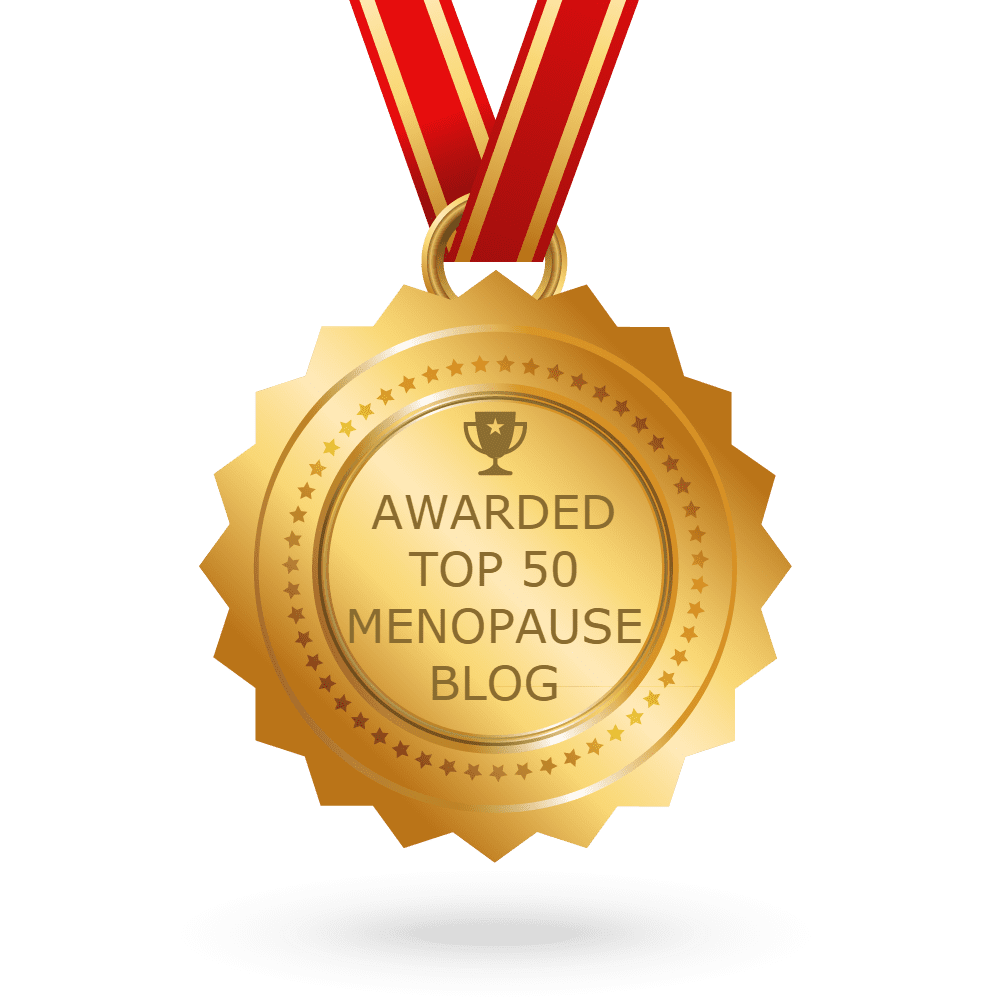Do you think you could be going through menopause?
Find out whether you might be in perimenopause or post-menopause and how long it could last.

The stages of menopause
Perimenopause
The first stage of menopause is perimenopause – the period of transition leading up to menopause.
During this stage, a woman’s estrogen levels are fluctuating wildly and she may experience many of the common signs such as hot flushes and mood swings.
Her menstrual cycles may be irregular but have not stopped.
The average woman goes through this stage between 45-49 years of age.
Menopause
Menopause itself is only reached when a woman has her final period and we only know about this in hindsight as it is defined as 12-months from your last bleed. This makes the term ‘menopause’ confusing which is why we generally refer to perimenopause or post-menopause at MenoMe.
The last period usually happens between the ages of 45-55 with the average age being 52.
As mentioned above we can’t pinpoint our final period so by the time we know we’ve had our last period we’re already post-menopause.
Post-Menopause
Post-menopause is a time when perimenopause signs begin to subside as a result of hormonal levels stabilising in the body.
However, because of lower estrogen levels, women in post-menopause are at higher risk of certain health conditions, including cardiovascular disease and osteoporosis.
How long do the menopausal years last in total?
The signs of the meno years can last anywhere from two to 19 years with many women experiencing signs for five years. In fact, women may spend almost half of their lives in post-menopause.
While this is an average natural timeline for most women, there are two other types of peri/menopause which are less common:
- Premature menopause – when, usually for health reasons, a woman’s periods stop before the age of 40.
- Surgical menopause – when menopause occurs following surgery such as a hysterectomy.






